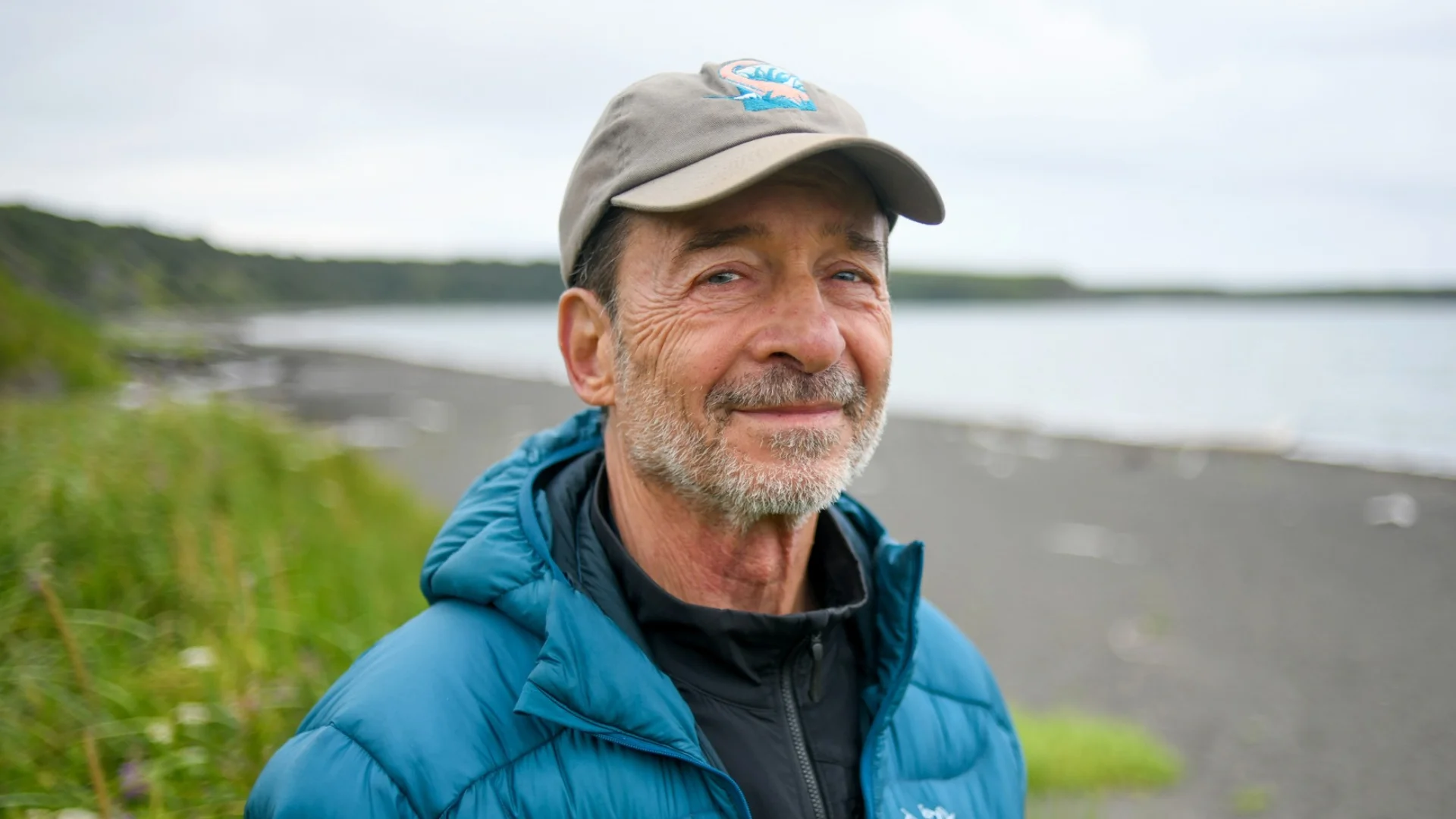A team of researchers from the Smithsonian and the New Mexico Museum of Natural History & Science has discovered a new plant species in Socorro County, New Mexico. The plant, named Socorropteris cancellarei, dates back to the Permian Period, approximately 290 million years ago. This discovery provides insights into the ancient landscape of southern New Mexico.
The research was conducted by Smithsonian curator William DiMichele, NMMNHS Curator Spencer Lucas, and NMMNHS Research Associates Susan Harris and Paul May. Their findings were published in the journal Annals of Botany. "Even during our museum’s renovation, our researchers continue their work scientifically exploring our world," said Dr. Anthony Fiorillo, Executive Director of NMMNHS. He added that this discovery highlights New Mexico's rich prehistoric life during the Paleozoic Era.
The fossils were found by Susan Harris in northeastern Socorro County. The plant is named after Joe Cancellare, a longtime volunteer at NMMNHS who has contributed significantly to fossil collection efforts. Dr. Spencer Lucas commented on Cancellare's dedication: "Joe Cancellare represents the best of volunteers: always cheerful, helpful and tireless in his work to support the Museum and its scientific programs."
Socorropteris cancellarei was an upright plant with stems about 5 millimeters wide and a height of around 20 cm. It likely thrived as a seed plant in areas disturbed by natural events like floods or fires. Researchers suggest that its presence indicates frequent large-scale flooding during its time.
Despite this significant find, questions remain about the rarity of Socorropteris cancellarei given the expected widespread flooding in its era. The paper suggests that fragility of ground cover fossils or sampling biases might explain its apparent scarcity.
The New Mexico Museum of Natural History & Science is part of the New Mexico Department of Cultural Affairs and focuses on preserving and interpreting the state's natural heritage through various exhibits and programs.
Information from this article can be found here.





